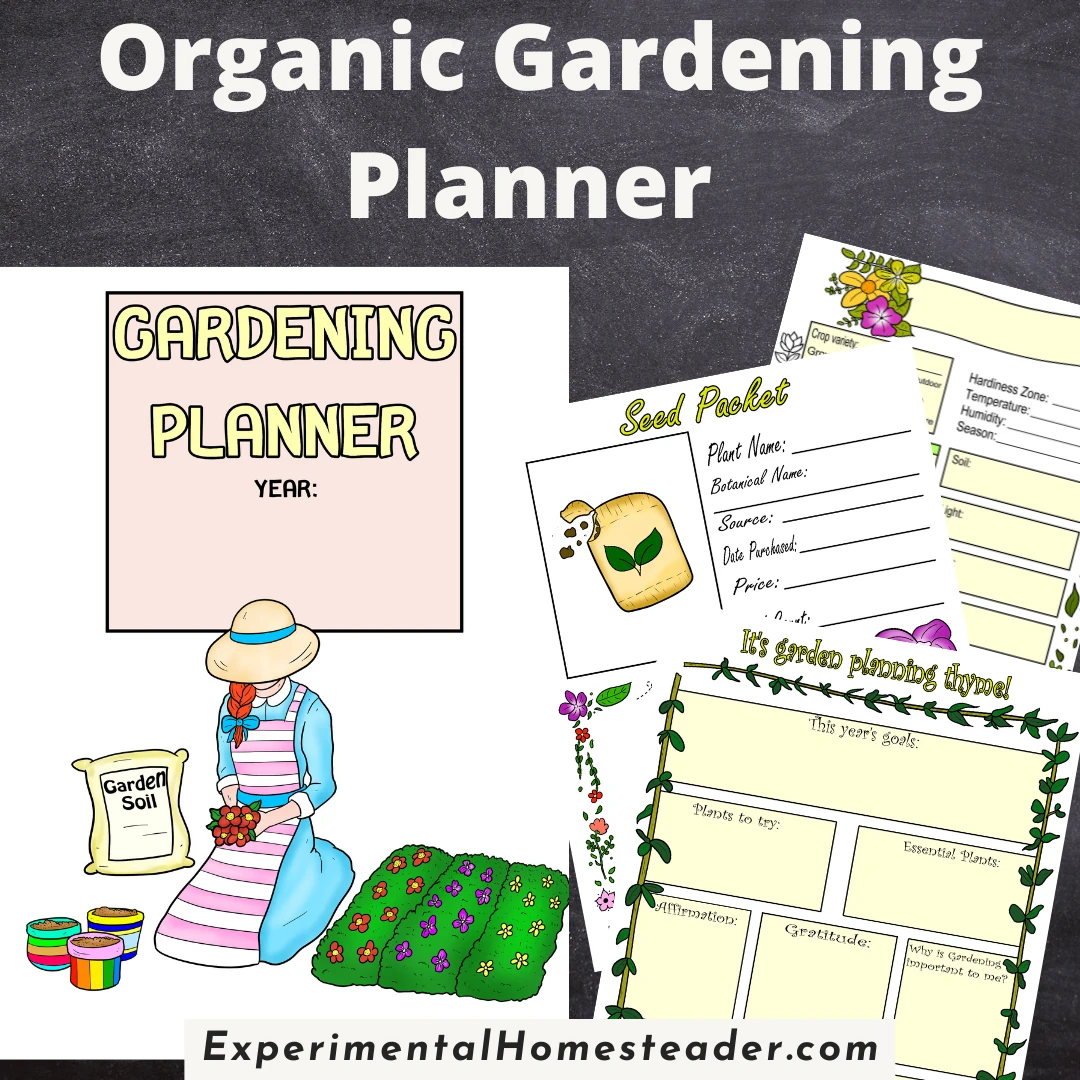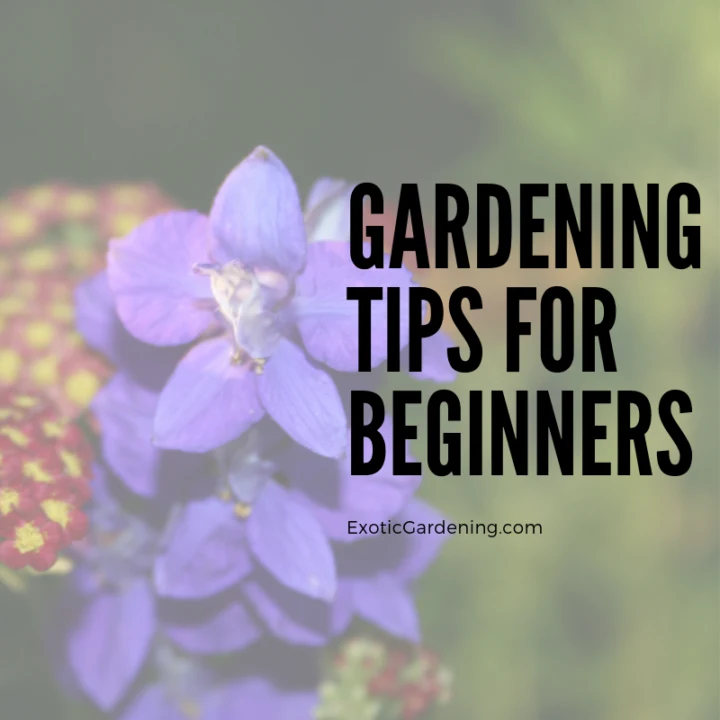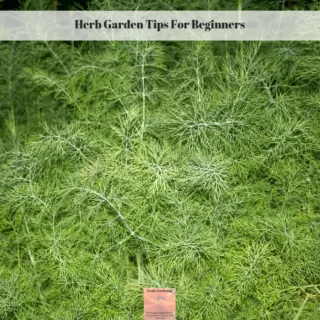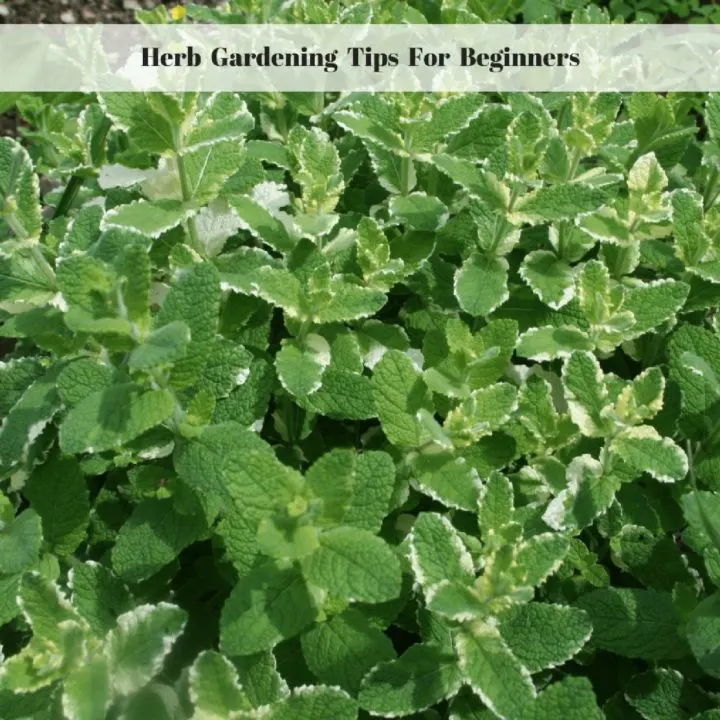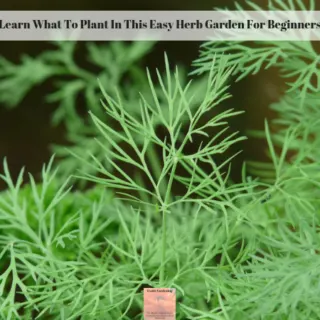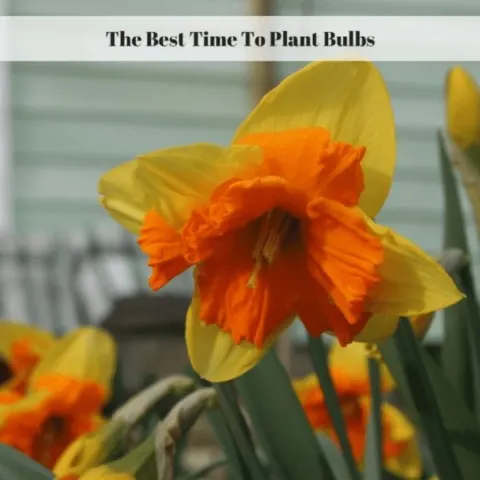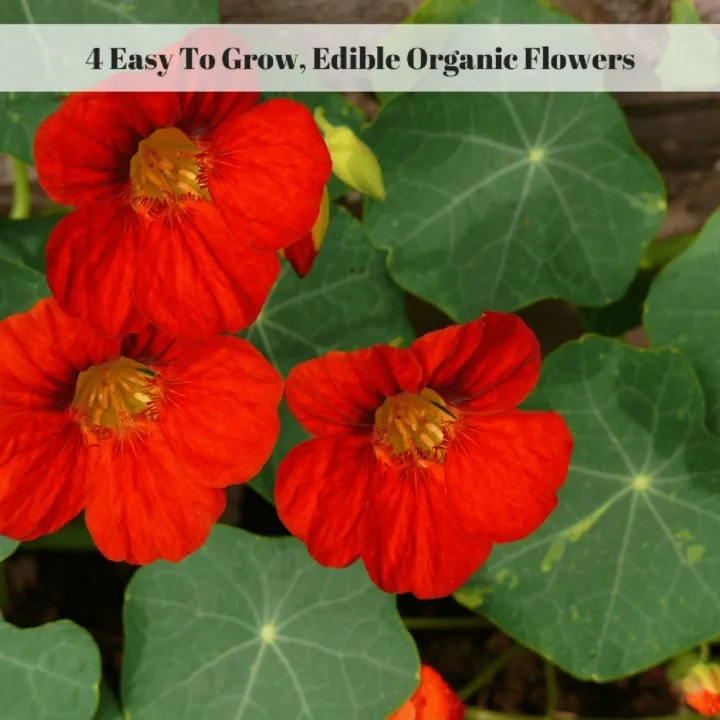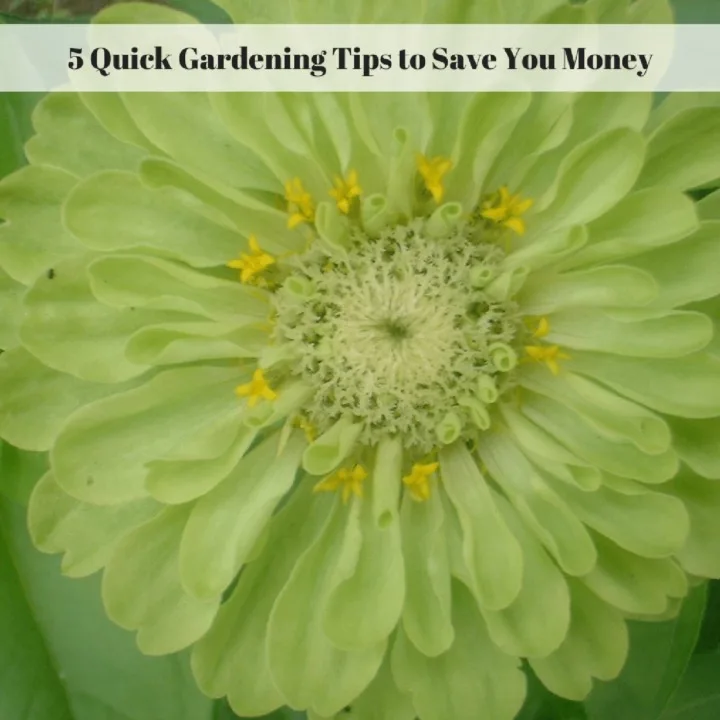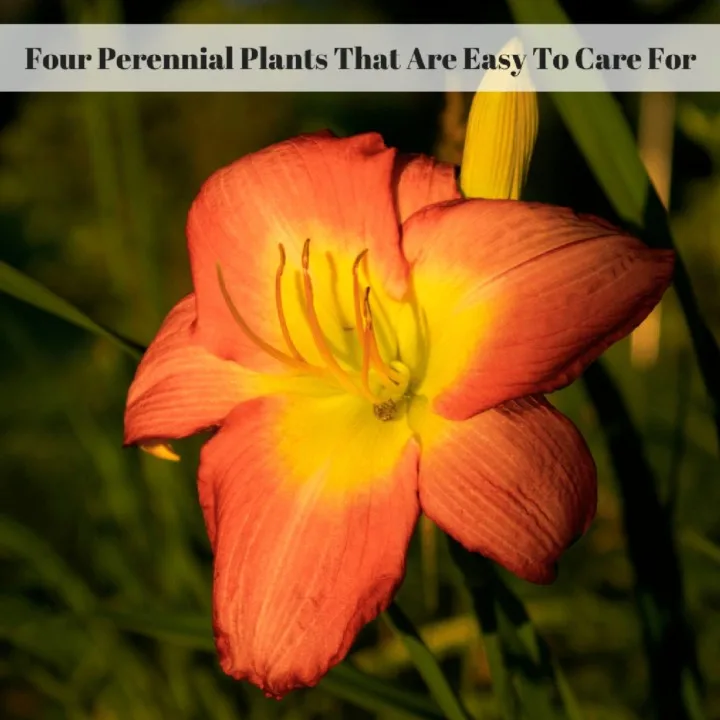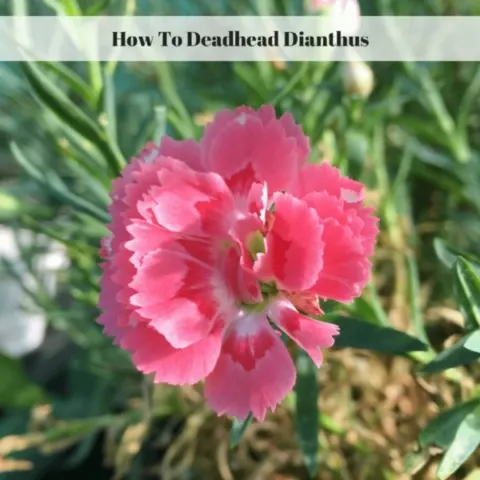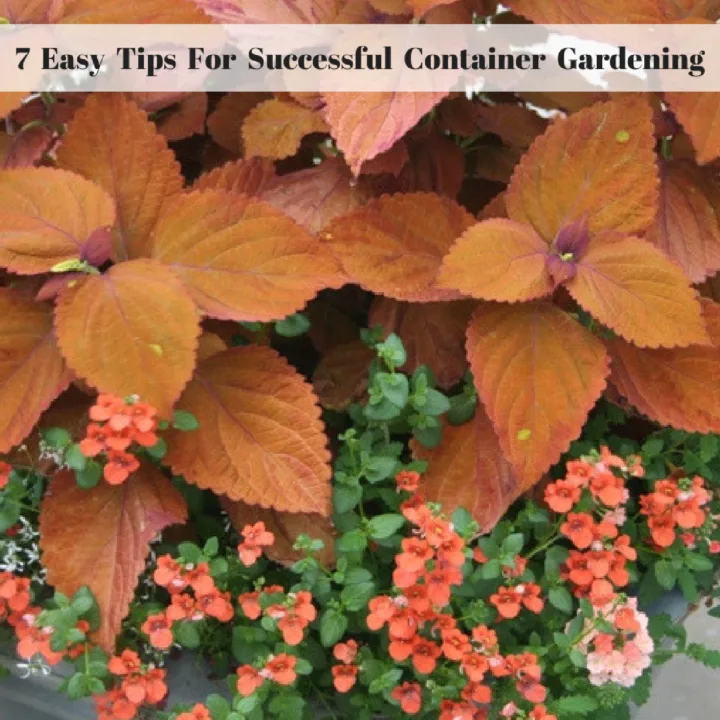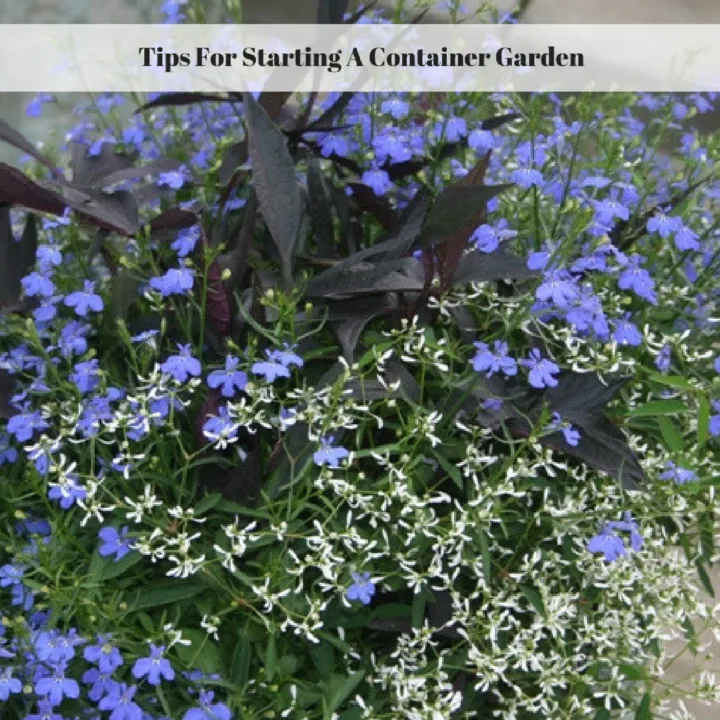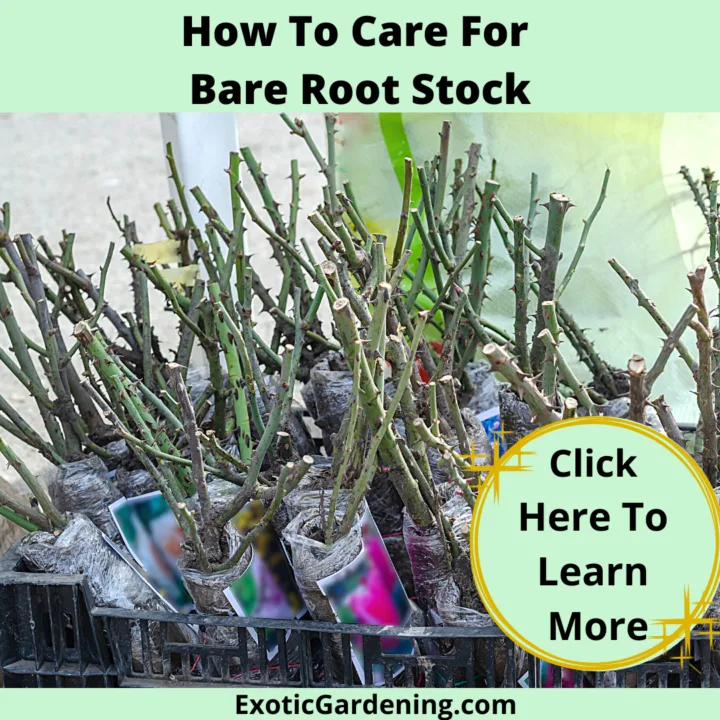Cotton, a fascinating crop with a rich history, can be an enjoyable and rewarding addition to your gardening endeavors, even in the northern states.
In this guide, we'll explore the steps to successfully grow and harvest cotton, along with some interesting uses for this versatile fiber.
Starting Cotton Indoors
If you're considering growing cotton in the northern states, starting your cotton plants indoors is a smart choice.
To make transplanting easier, opt for peat pots, as they allow you to plant your cotton seedlings without disturbing their delicate roots.
Transplanting Cotton
Transplanting cotton is surprisingly straightforward as long as you take care not to disturb the roots.
Cotton plants adapt well to transplanting, which makes them suitable for container gardening.
Growing cotton in large containers enables you to start early and provides the flexibility to move your plants indoors or into a greenhouse when the colder months approach.
Cotton as a Versatile Fiber
Cotton is not just a fun crop to grow; it has a myriad of practical uses.
Once harvested and processed, cotton can be spun into thread for sewing or weaving.
Additionally, it serves as an excellent choice for filling pillows, quilts, or pet beds, thanks to its natural softness and comfort.
The Harvesting Process
Cotton's growing season culminates in the fall when it begins to set bolls, also known as seed heads.
It's crucial to exercise patience and allow these bolls to mature until they start to split open.
At this point, the fibers within are fully developed and ready for harvesting.
Processing the Cotton
After harvesting, the next step is to separate the fibers from the seeds and other vegetative matter.
Save the seeds for the following season's planting and add the remaining plant material to your compost pile.
If you intend to spin cotton into thread or yarn, you can work directly from the boll without the need for carding, unless you prefer to work with carded cotton.
Using Cotton Batting
For those interested in using cotton as batting, you'll need to clean it through a process known as ginning.
Once cleaned, you can find a suitable method to create batting from the cotton fibers.
White vs. Colored Cotton
White cotton typically has longer staples than colored cotton because less breeding work has been done with colored varieties.
It's worth noting that in some states, growing colored cotton is illegal.
However, if you're interested in exploring colored cotton, consider checking out the variety of colored cotton seeds offered by Southern Exposure Seed Exchange.
Exploring the Possibilities of Cotton Cultivation
Cotton cultivation is not only an enjoyable gardening experience but also opens the door to a range of creative and practical applications.
Whether you're growing cotton for its fibers, experimenting with colored varieties, or simply enjoying the process, the journey from seed to harvest is sure to be rewarding.
Gardening Tips For Beginners
Gardening Tips For Beginners
These gardening tips for beginners will help you get your first garden started right. Tips on gardening planning, caring for bareroot plants and more.
Herb Garden Tips For Beginners
From how to grow herbs to how to harvest herbs and everything in between, these herb garden tips give bite sized information ideal for beginners.
Herb Gardening Tips For Beginners
Follow these simple herb gardening tips for beginners to successfully start your herb garden. These herb garden tips are ideal for container gardens too.
Learn What To Plant In This Easy Herb Garden For Beginners
Knowing what to plant makes creating an easy herb garden for beginners to tend much more enjoyable. Try these eight herbs.
Gardening During A Heatwave
Gardening during a heatwave is not ideal for you or your plants, but done right, your plants will not only live but thrive.
Understanding Why Your Hardiness Zone Matters
Knowing the hardiness zone lets you know if a plant will survive in your area. Learn about the importance of the USDA hardiness zone.
How To Make Compost At Home
Learn how to make compost at home using materials you already have on hand and are likely to throw into the trash and send to the local landfill.
The Best Time To Plant Bulbs
Have you ever wondered what time of year to plant bulbs? Find out what the best time to plant bulbs is according to your specific bulb planting region!
4 Easy To Grow, Edible Organic Flowers
Check out these four easy to grow edible organic flowers that provide food for you, nectar for pollinators plus double as companion plants!
5 Quick Gardening Tips To Save You Money
Garden tips for beginners - and advanced gardeners alike - that are sure to help save money. These gardening tips are about more than just plant care!
Four Perennial Plants That Are Easy To Care For
These four perennial flowers are easy plants to care for. They multiply easily plus they attract a number of pollinators including butterflies and bees.
How To Deadhead Dianthus
Learn how to deadhead dianthus to get it to re-bloom or keep it tidy! Today I am going to share with you my how to deadhead dianthus flowers video.
7 Easy Tips for Successful Container Gardening
Show your passion for successful container gardening by excelling at it. These 7 container gardening tips are sure to increase your success.
Tips For Starting A Container Garden
Growing plants in containers is an ideal alternative to growing plants in the ground. Check out these tips for starting a container garden.
How To Care For Bare Root Stock
Learn how to care for bare root stock such as roses, woody plants or bulbs that typically are the first to arrive in stores or via mail order.
Learn How To Garden
Learn how to garden with online courses, eBooks, paperback books and printables from gradening expert Sheri Ann Richerson.

